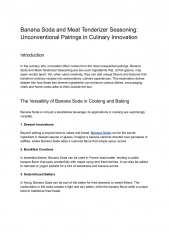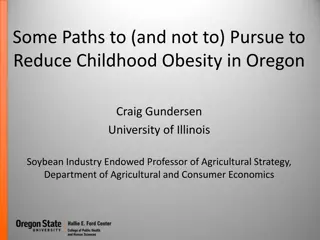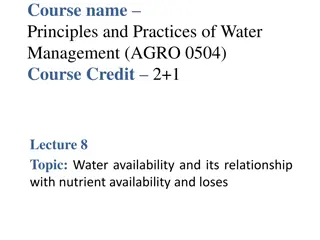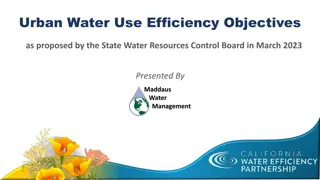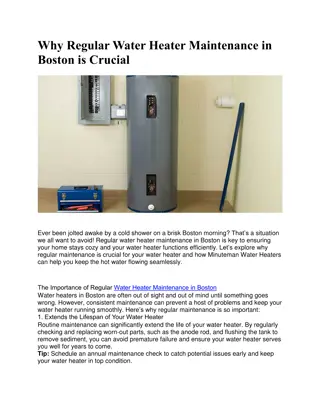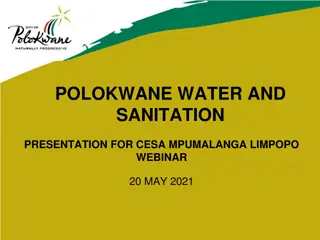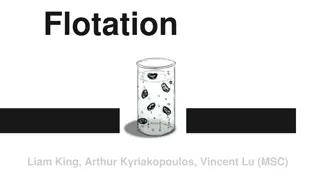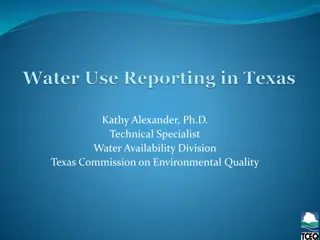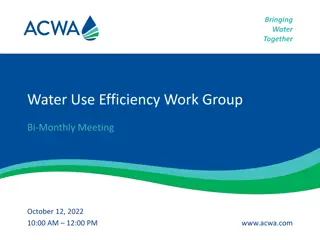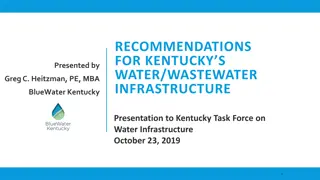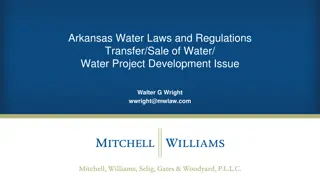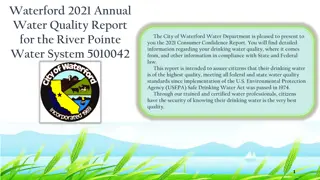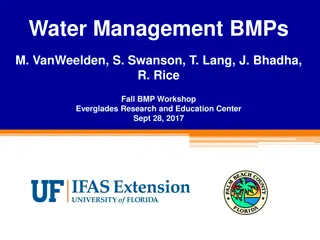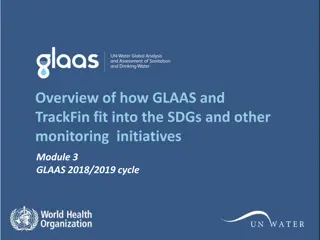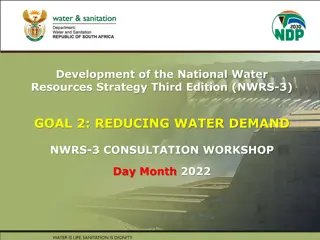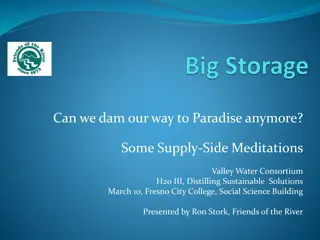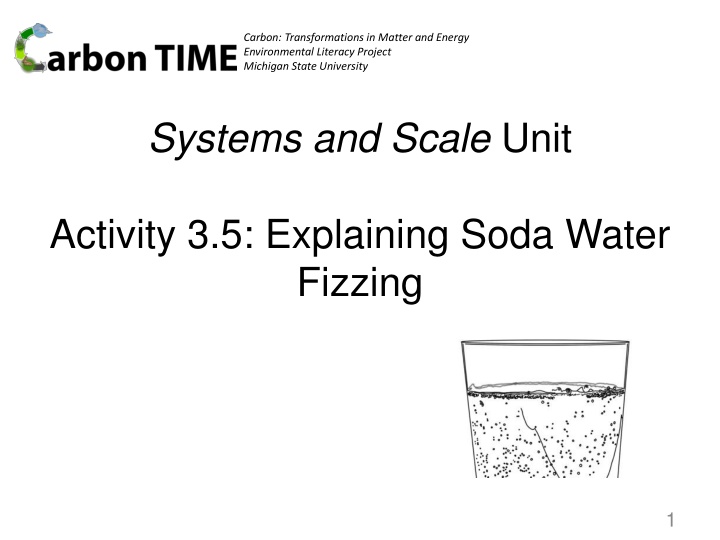
Explaining Soda Water Fizzing with Matter and Energy Transformations
Dive into the process of soda water fizzing and understand the chemical reactions involving carbon atoms, carbonic acid transforming into carbon dioxide and water. Explore the molecular changes and chemical equations behind this fizzy phenomenon.
Download Presentation

Please find below an Image/Link to download the presentation.
The content on the website is provided AS IS for your information and personal use only. It may not be sold, licensed, or shared on other websites without obtaining consent from the author. If you encounter any issues during the download, it is possible that the publisher has removed the file from their server.
You are allowed to download the files provided on this website for personal or commercial use, subject to the condition that they are used lawfully. All files are the property of their respective owners.
The content on the website is provided AS IS for your information and personal use only. It may not be sold, licensed, or shared on other websites without obtaining consent from the author.
E N D
Presentation Transcript
Carbon: Transformations in Matter and Energy Environmental Literacy Project Michigan State University Systems and Scale Unit Activity 3.5: Explaining Soda Water Fizzing 1
Unit Map You are here 2
Revisit your evidenced-based arguments and modeling Think about what you know now that you didn t know before. What have you learned? 3
Completing the Front of Your Explanations Tool Consider the following as you complete the front: Evidence from the investigation What you learned from the molecular modeling activity 4
Comparing Ideas with the Class Compare your arrows and responses for each of the questions. How are they alike? How are they different? Revise your arrows and responses based on your conversations with the class. 5
Matter Movement Do you have: A label showing Carbonic acid in the Soda Water H2CO3 6
Matter Movement Do you have: An arrow showing carbon dioxide or CO2 moving through the soda water in the bubbles and a label showing water or H2O in the soda water CO2 H2O H2CO3 7
Matter Movement Do you have: An arrow showing carbon dioxide or CO2 leaving the soda water CO2 H2O CO2 H2CO3 8
Matter Change Write the chemical equation for the change that happens when soda water fizzes: H2CO3 CO2 + H2O 9
Matter Change What molecules are carbon atoms in before the chemical change? Carbonic Acid or H2CO3 What molecules are carbon atoms in after the chemical change? Carbon dioxide or CO2 Chemical Change What other molecules are produced? Water or H2O 10
Constructing Explanations Write an explanation: What happens to soda water when it fizzes? Use your: Front of the Explanations Tool 11
Comparing Ideas with a Partner Compare your explanations for the questions. How are they alike? How are they different? Consider making revisions to your explanation based on your conversation with your partner. 12
Telling the Whole Story Question: What happens to soda water when it fizzes? Does your story include these parts? Matter movement: Carbonic acid is in the soda water before it fizzes. Matter change: Carbonic acid separates into carbon dioxide and water. Matter movement: The carbon dioxide in bubbles moves through and leaves the soda water. The water molecules remain in the soda water. 13
How have your ideas changed? Gather together your process tools for the unit (Predictions Tool, Evidence-Based Argument Tool). How have your ideas changed related to: Scale? Movement? Carbon? What do you know about soda water now that you didn t know before the investigation? 14
Question Evidence We Can Observe Where are molecules moving? Rules to Follow Moving solids, liquids, and gases are made of moving molecules. All materials (solids, liquids, and gases) are made of atoms that are bonded together in molecules. How do molecules move to the location of the chemical change? A change in mass shows that molecules are moving. Scale: The matter movement question can be answered at the atomic- molecular, cellular, or macroscopic scale. How do molecules move away from the location of the chemical change? Question Evidence We Can Observe How are atoms in molecules being rearranged into different molecules? Rules to Follow Atoms last forever in combustion and living systems. BTB can indicate CO2 in the air. Atoms can be rearranged to make new molecules, but not created or destroyed. Organic materials are made up of molecules containing carbon atoms: fuels living and dead plants and animals decomposers What molecules are carbon atoms in before and after the chemical change? foods Carbon atoms are bound to other atoms in molecules. Scale: The matter change question is always answered at the atomic- molecular scale. What other molecules are involved? Evidence We Can Observe Question Rules to Follow What is happening to energy? We can observe indicators of different forms of energy before and after chemical changes: Energy lasts forever in combustion and living systems. Energy can be transformed, but not created or destroyed. What forms of energy are involved? C-C and C-H bonds have more stored chemical energy than C-O and H-O bonds. light energy heat energy What energy transformations take place during the chemical change? chemical energy stored in organic materials Scale: The energy change question can be answered at the atomic- molecular, cellular, or macroscopic scales. motion energy 15
Learning Tracking Tool For the activity Molecular Models for Soda Water Fizzing discuss with your classmates what you figured out will help you to answer the unit driving question, what happens when ethanol burns? Record what you did in the column What Did We Do? Record your ideas in the column What Did We Figure Out? Discuss questions you now have related to the unit driving question and record them in the column What We are Asking Now. 16
Exit Ticket Conclusions What should be included in a good explanation? Predictions How do you think what you learned about soda water fizzing will apply to ethanol? 17

